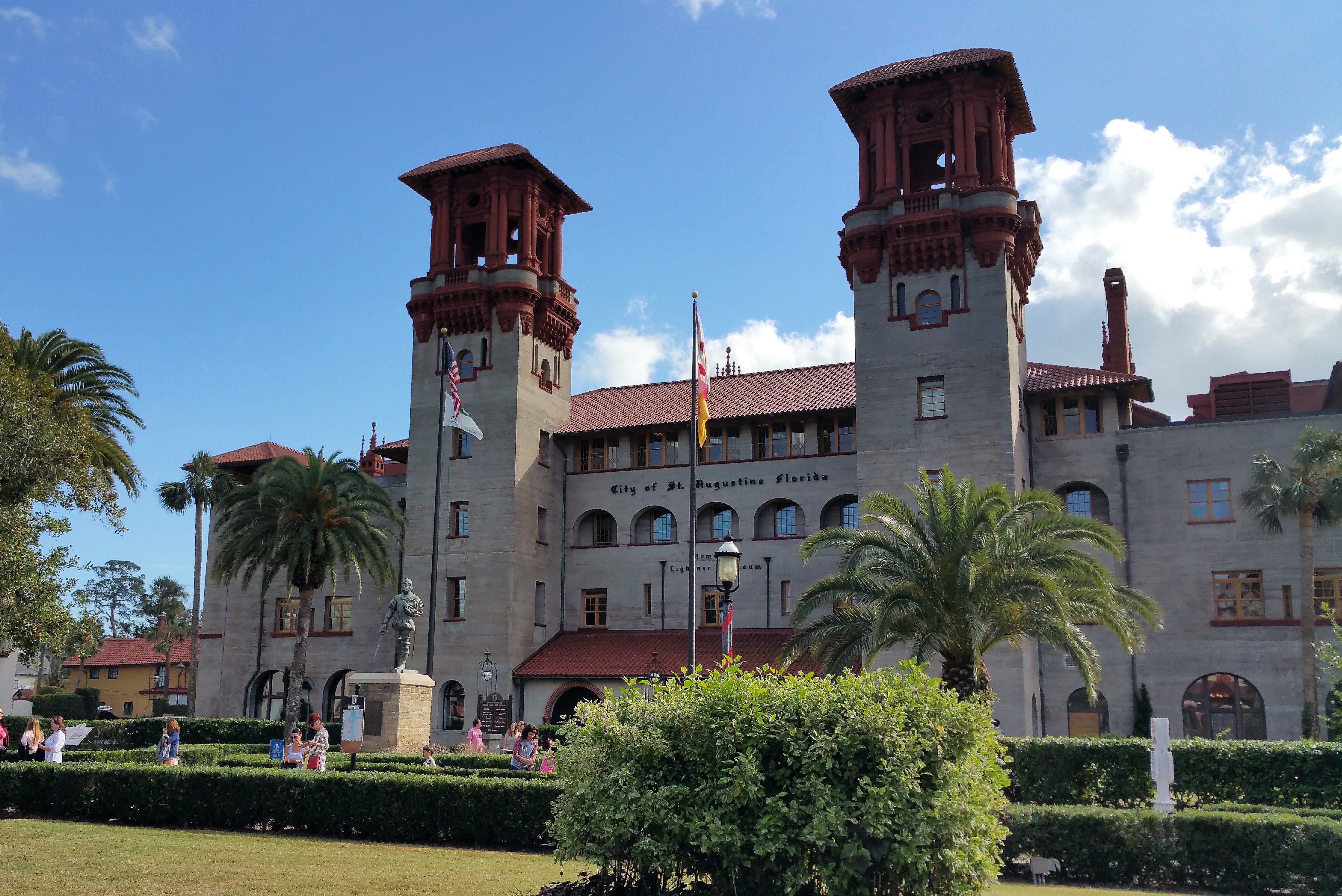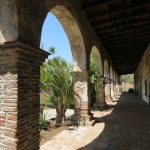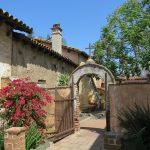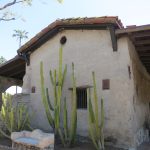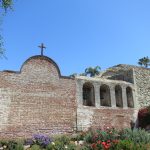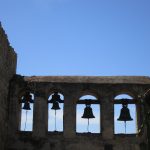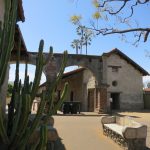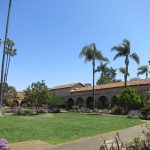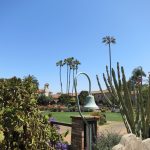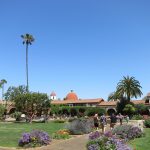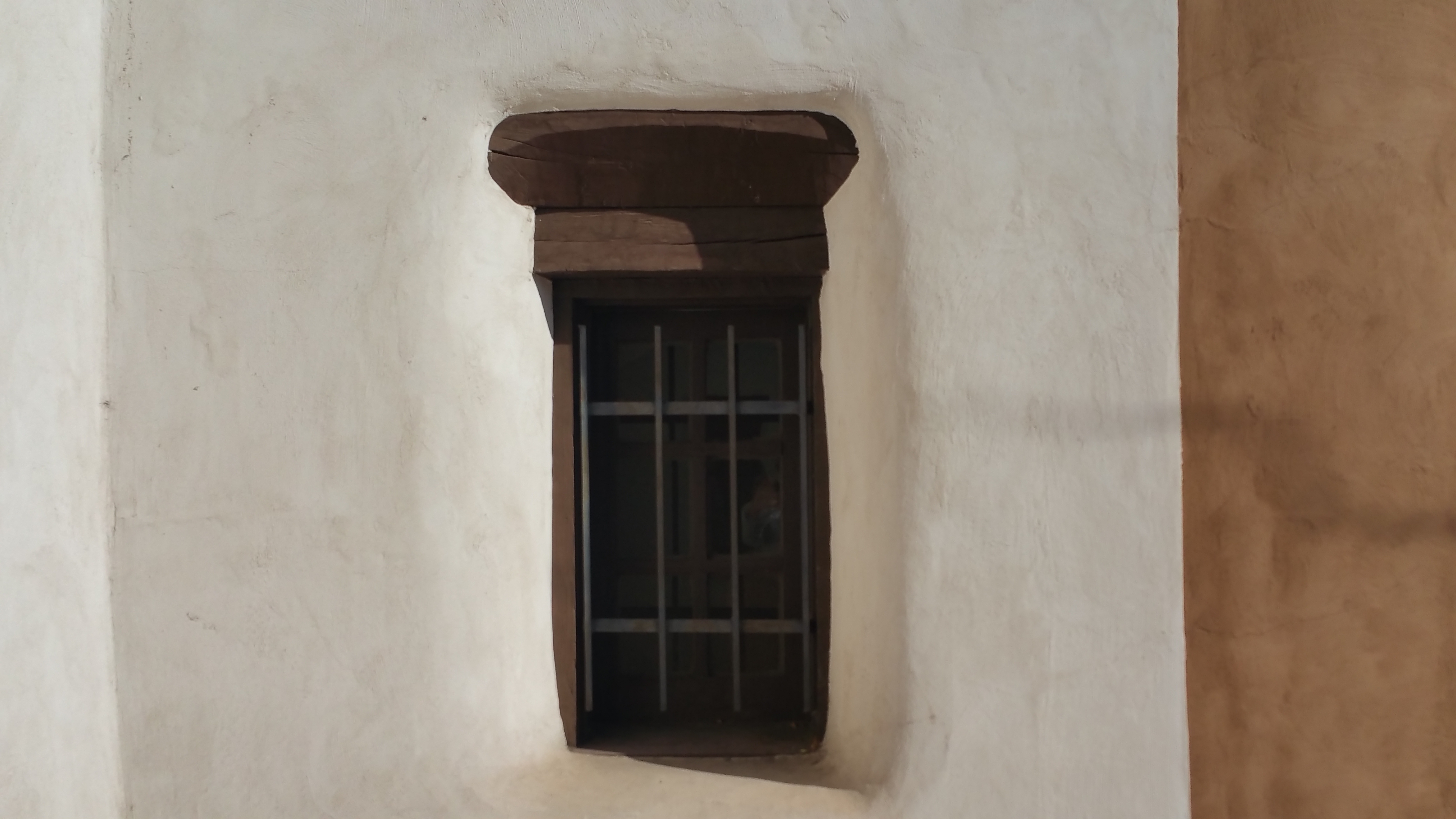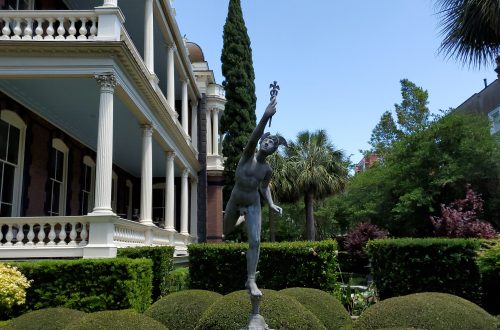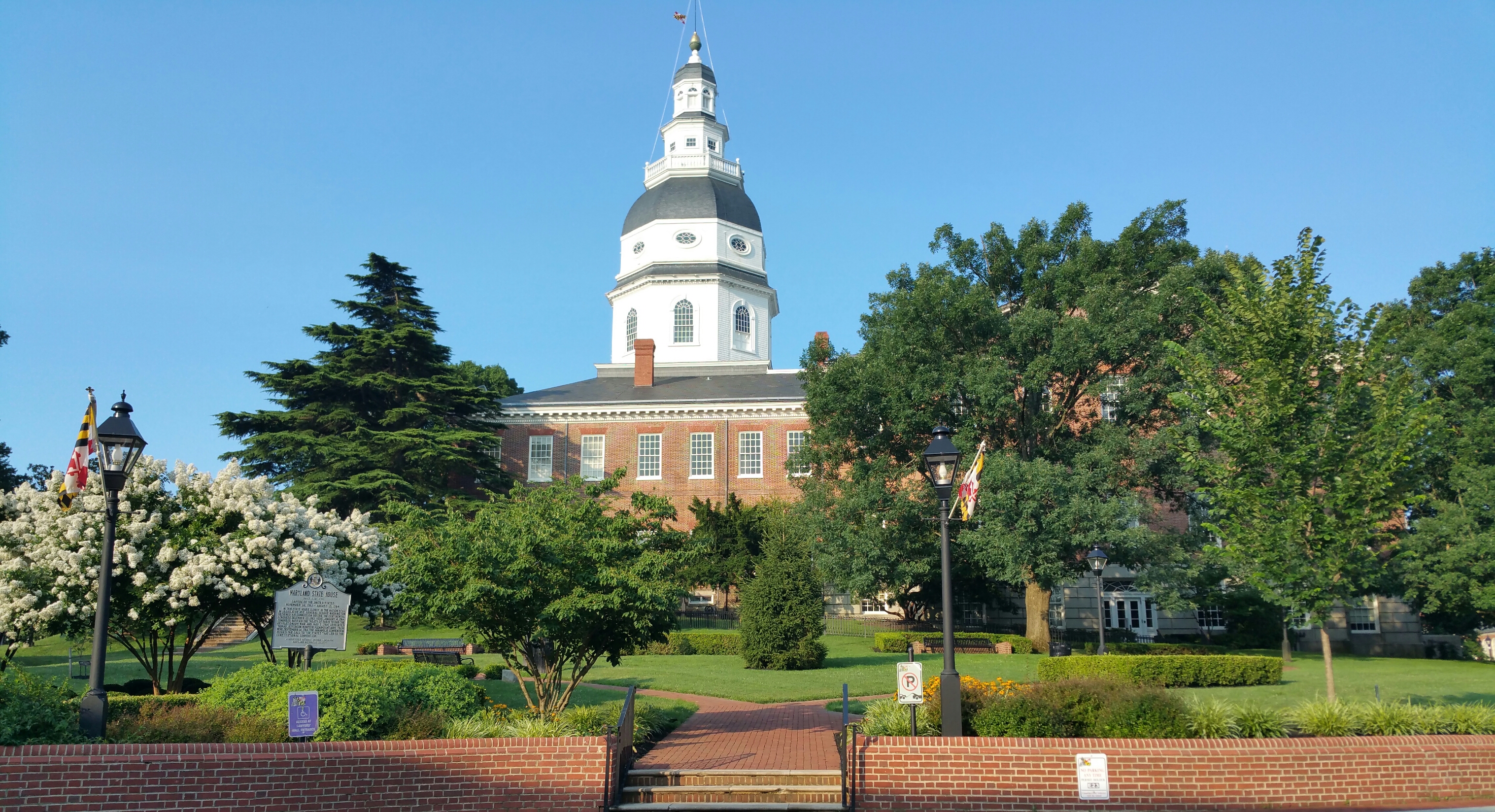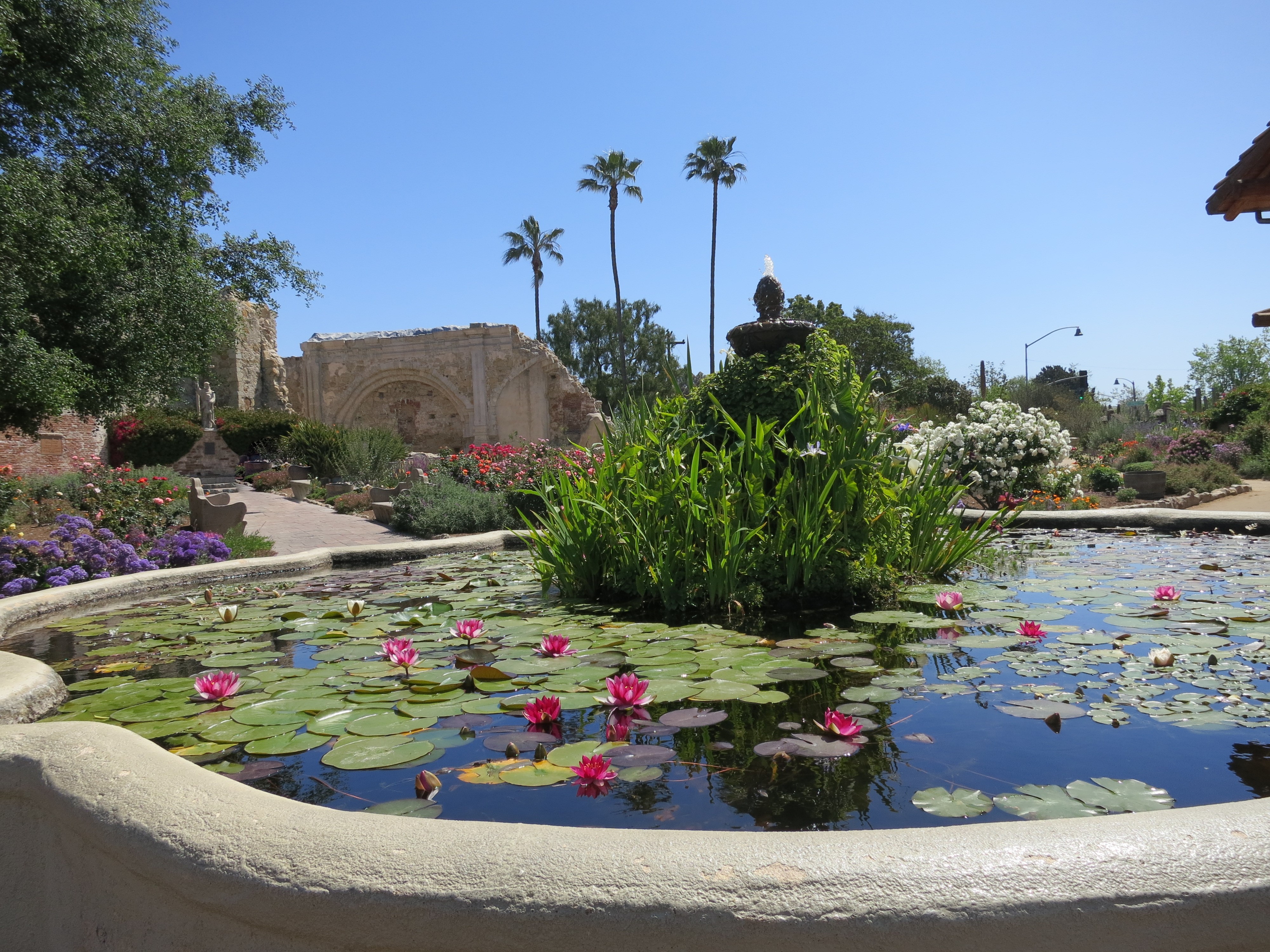
Mission San Juan Capistrano- SJC, CA
For those who love history and architecture, it is hard to beat the allure of a mission. Strung together by the Spaniards, they are a network of some of the oldest structures in America. One of the most significant and intact is Mission San Juan Capistrano; it is home to the last remaining chapel where Saint Junipero Serra celebrated Mass, ruins of a grand stone cathedral, and of course migrating swallows. Yes, the swallows have returned, albeit fewer than in the past.
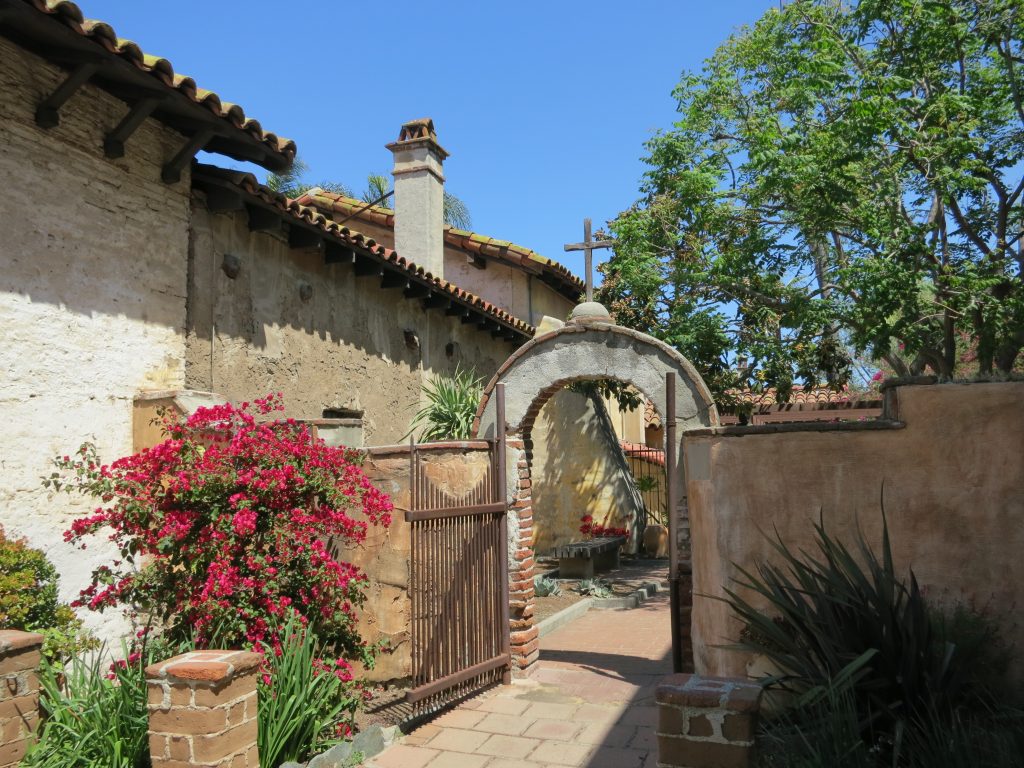
Initially founded on October 30, 1775, the Mission was abandoned just a few weeks later, when word arrived of a revolt in San Diego. Soldiers and padres alike headed down to assist those at Mission San Diego de Alcala, which had been attacked by Native Americans, in an attempt to resist Spanish intrusion. Which was of course the purpose of the missions. The Spaniards sought to transform Native people into tax paying Christian Spanish citizens. On November 4, 1775, a group of Kumeyaay let the Spanish know that wasn’t going to happen. At least not on their watch.
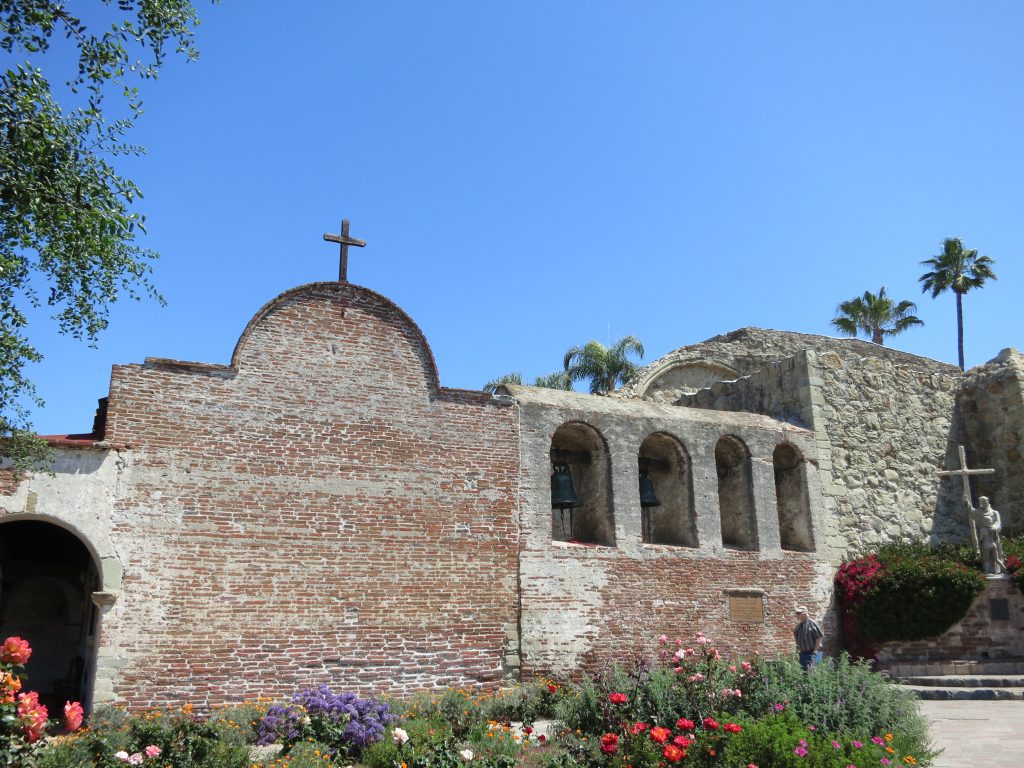
After the resistance was quelled, Saint Junipero Serra personally led a party back to re-found the Mission at San Juan Capistrano, which he did on November 1, 1776. It would become the 7th mission in California; 21 missions would be founded in the region before the era was over. Mission San Juan Capistrano prospered for over 30 years, with over 10,000 cattle and 1,000 people by 1806. That year also saw the completion of the Great Stone Church, which took over 9 years to build. Laid out in the shape of a cross, and modeled after the Byzantine churches of Europe, it was the grandest church ever built by a mission. A master stone mason was employed to execute the intricate design, which included a stone roof with six vaulted domes and a 120 foot bell tower.
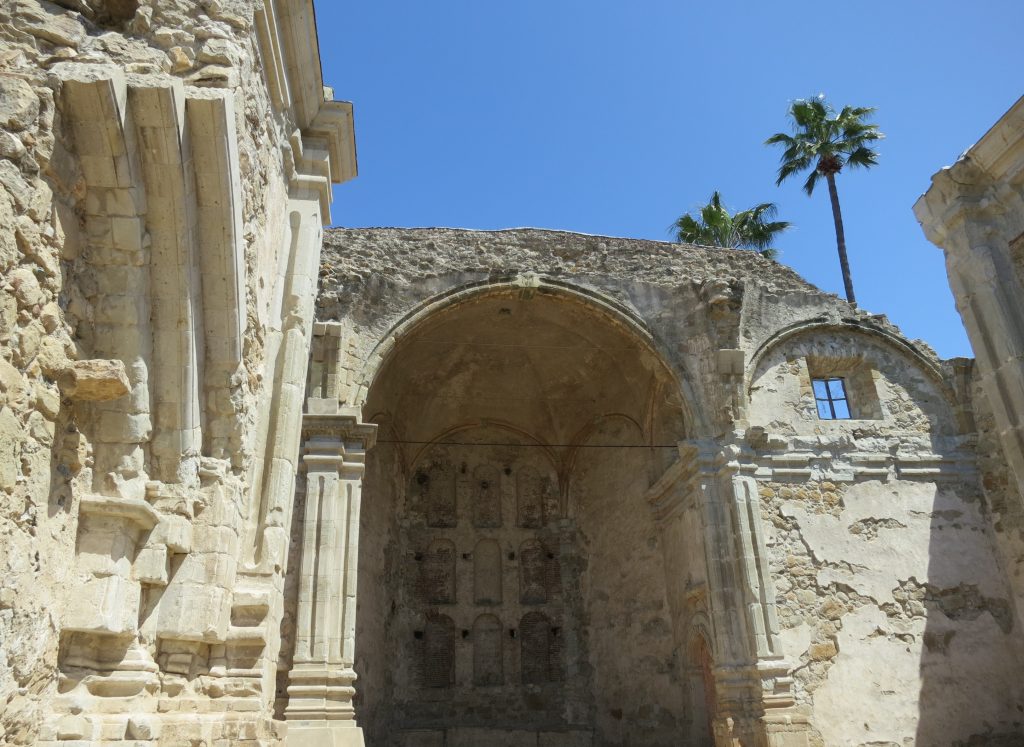
Sadly, the church did not even survive as long as it took to build. Only six years after its completion a large earthquake reduced the church to ruins. It was never repaired or replaced, however the bells were salvaged, and placed in a campanario (bell wall). In many ways, the collapse of the church was the beginning of the end at San Juan Capistrano. Spain was finding it increasingly difficult to supply goods and protection to the missions. Indeed, in 1818 the Mission was actually raided by pirates, who looted the storehouses, and stole their food. Additionally, disease often ran rampant at the Mission, leading to a high mortality rate. Then, in 1821, Mexico won its independence from Spain, making California a Mexican territory. Fourteen years later, the Mexican Government decided to end the mission system and sell off the properties.
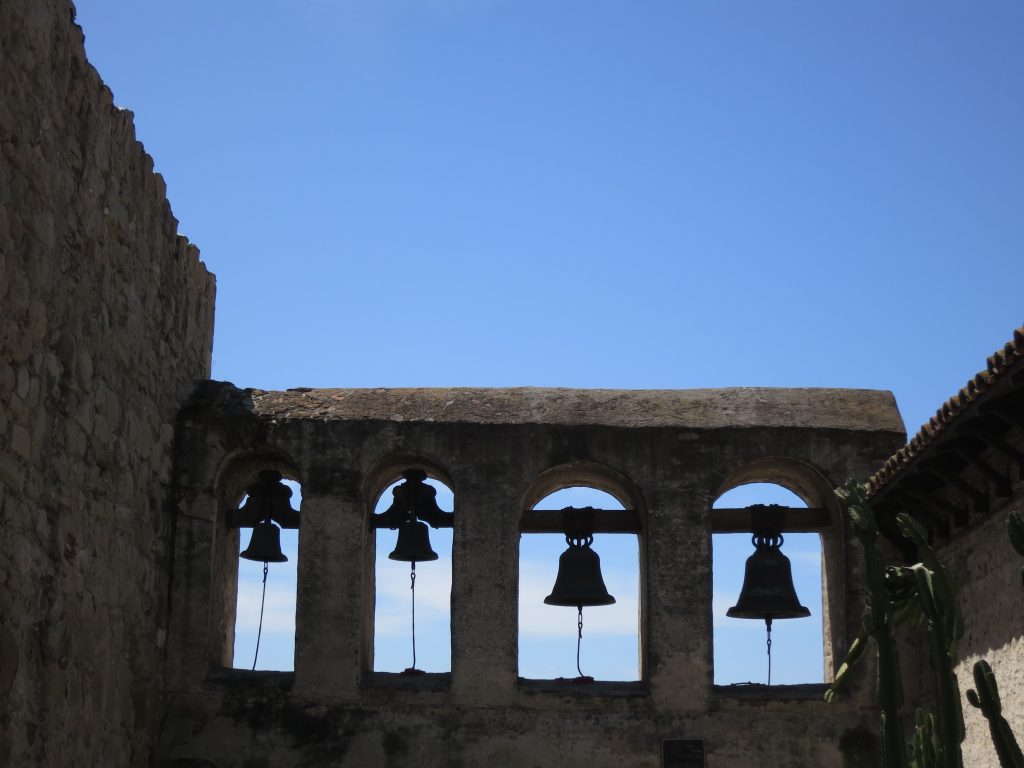
As such, the land surrounding Mission San Juan Capistrano was divided and sold. In 1845, the Governor even sold the Mission itself, to his brother-in-law, for $710, even though it was appraised at $54,000. How very sketchy. Nevertheless, for the next 20 years the Mission was a working ranch, owned by the Forster family.
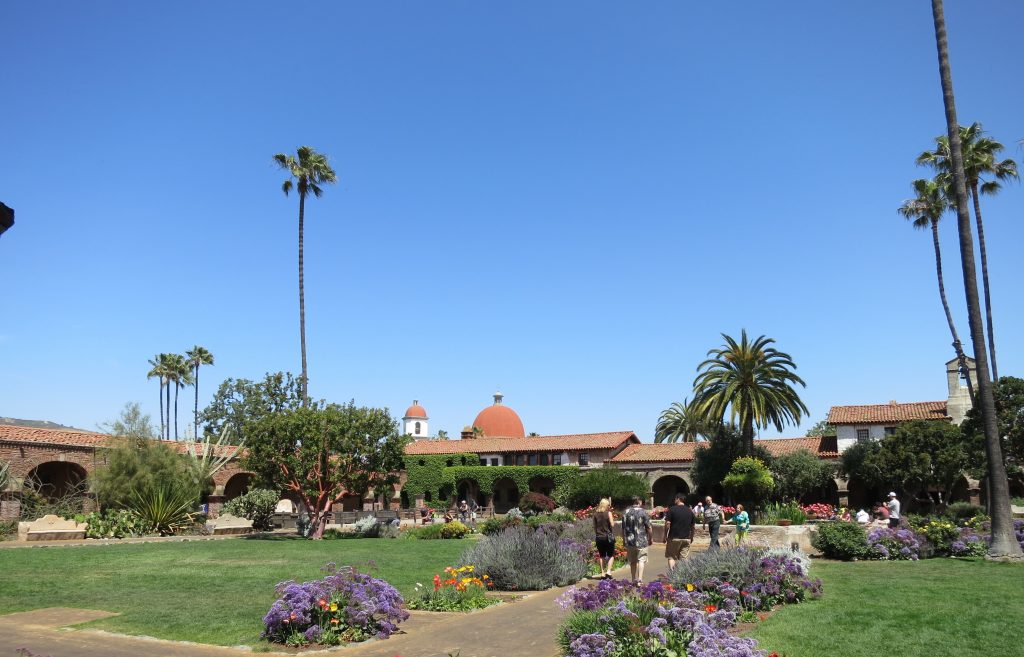
Following the Mexican American War, California became a United States Territory; by 1850, it was a full fledged state. By this time, many of the former missions had been privately owned for decades. Some housed businesses, while others had been left to crumble. Concerned, parish priests and parishioners petitioned the U.S. Government for the return of the missions to the Catholic church. In 1865, just weeks before his death, Abraham Lincoln signed a proclamation that did just that.
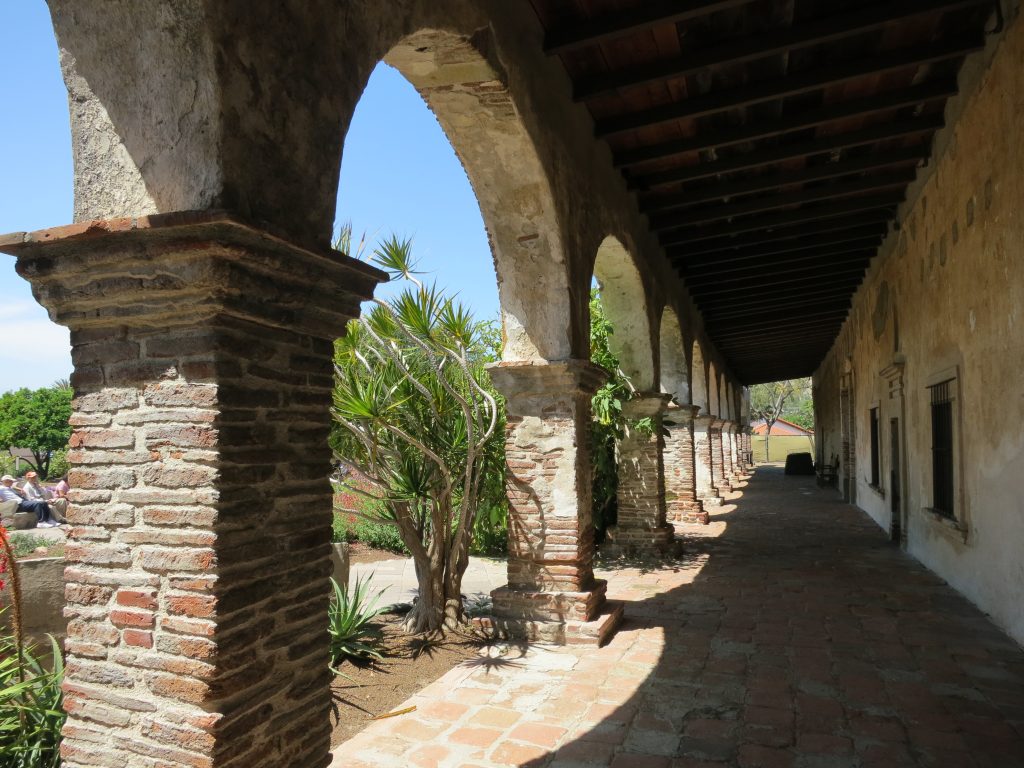
During the later half of the 19th century several preservation groups were established to help save the missions, including the “Landmark Club of Southern California,” who attempted to stabilize structures and prevent further decay. In 1910, Mission San Juan Capistrano found its champion in St. John O’Sullivan, a priest who relocated to the area after suffering a stroke. O’Sullivan set about personally making repairs to the Mission, including the roof of the Serra Chapel, which had collapsed in 1891. O’Sullivan worked tirelessly along with local architects to preserve the Mission; by the time he died, the Serra Chapel had been fully restored. Upon his passing in 1933, O’Sullivan was interred in the Mission cemetery, at the foot of a Celtic cross memorial he had erected in honor of the Mission’s builders.
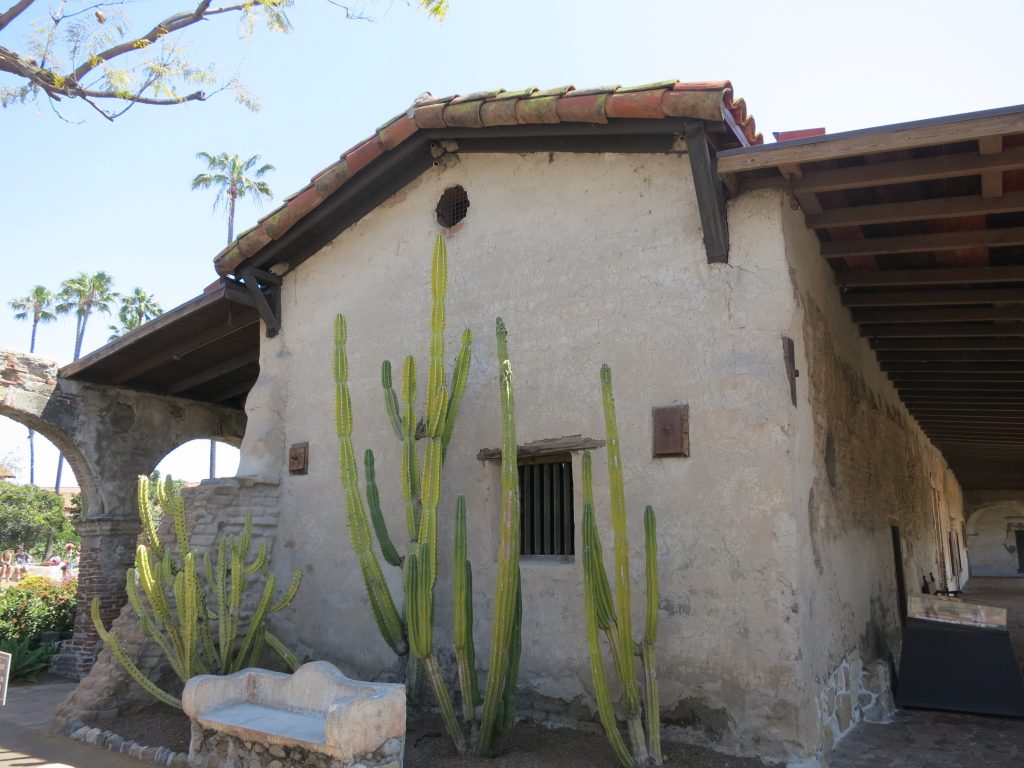
Which brings us to the famous swallows. For most of its life, the Mission was the northern home of thousands of cliff dwelling swallows, who arrived punctually on March 19th, after traveling 6000 miles from Goya, Argentina. On the Mission grounds were over 3500 mud nests, which the swallows would return to each year. Until they didn’t.
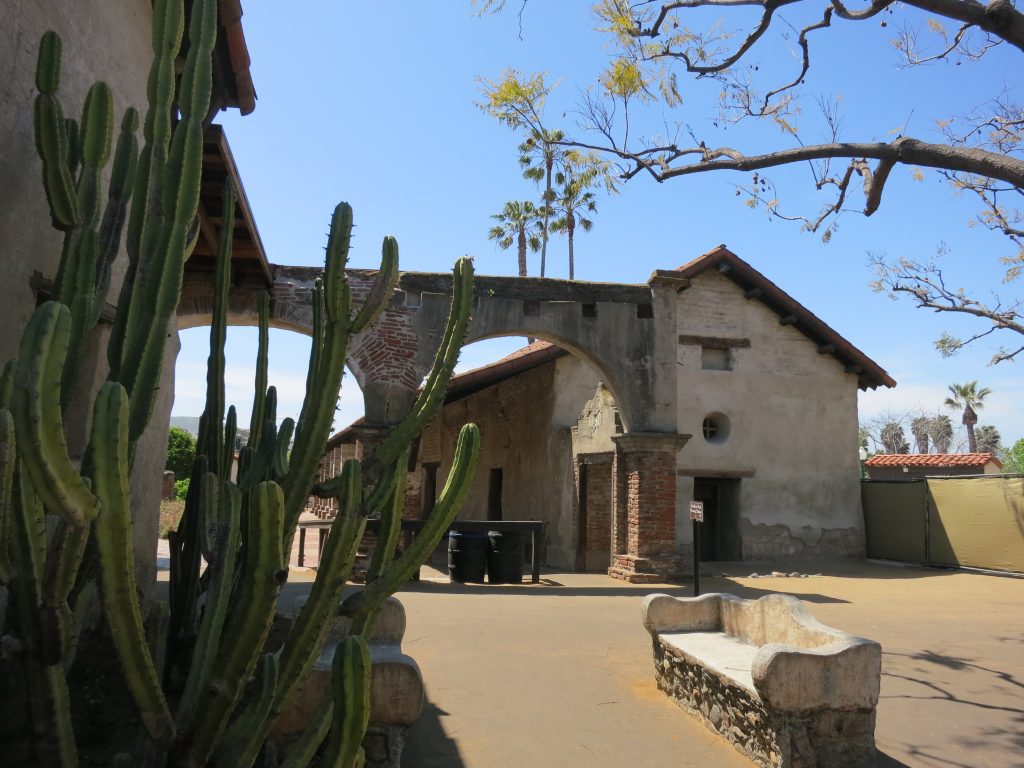
It is though historically the swallows chose the Mission because it was home to the tallest structures in town. As the surrounding area was developed, the swallows had more options. Further, several old nests were removed during Mission restoration work. Which all led to a drastic reduction in the number of swallows at the Mission. Recently, the Mission has worked with ornithological experts, who have lured some of the storied swallows back, which is certainly better than nothing. An interesting place all around, and well worth a visit when in the area.
.
